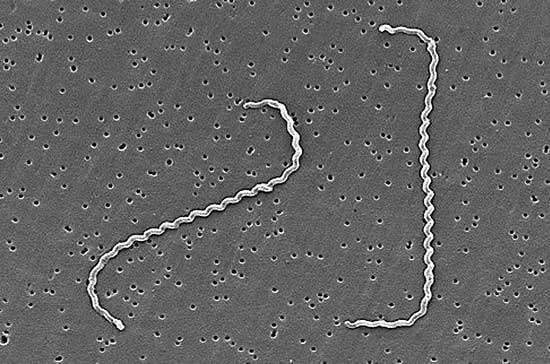cholecystitis
pathology
 acute or chronic inflammation of the gallbladder, in most instances associated with the presence of gallstones (gallstone). Disease-causing bacteria such as Salmonella, Staphylococcus, Streptococcus, and Leptospira are usually found in cases of acute inflammation, and they are also found in about 30 percent of the cases of chronic disease. Acute cholecystitis is often found in people who have had an earlier infection of the gallbladder that led to bile retention. In these cases the organ is swollen, tense, and reddened; there may be areas of dead tissue, and pus may be present. A person with acute cholecystitis is feverish and usually feels pain in the right upper abdomen. The patient also experiences nausea, vomiting, and chills. In chronic cholecystitis the gallbladder often is contracted rather than swollen; its wall is grayish white, tough, and thickened. There is discomfort after eating and difficulty in digesting fatty foods; there may be episodes of colic, pain, nausea, and vomiting.
acute or chronic inflammation of the gallbladder, in most instances associated with the presence of gallstones (gallstone). Disease-causing bacteria such as Salmonella, Staphylococcus, Streptococcus, and Leptospira are usually found in cases of acute inflammation, and they are also found in about 30 percent of the cases of chronic disease. Acute cholecystitis is often found in people who have had an earlier infection of the gallbladder that led to bile retention. In these cases the organ is swollen, tense, and reddened; there may be areas of dead tissue, and pus may be present. A person with acute cholecystitis is feverish and usually feels pain in the right upper abdomen. The patient also experiences nausea, vomiting, and chills. In chronic cholecystitis the gallbladder often is contracted rather than swollen; its wall is grayish white, tough, and thickened. There is discomfort after eating and difficulty in digesting fatty foods; there may be episodes of colic, pain, nausea, and vomiting.Diagnosis is established by physical examination and by ultrasound, X-ray, and other imaging techniques. Surgical removal of the gallbladder is the usual treatment, particularly when gallstones are present or when there is evidence of gangrene or perforation. Medical management includes administration of pain-alleviating drugs, drugs to inhibit contractions of the gallbladder muscles, and antibiotics to control infection.
- Alessandro Fortis
- Alessandro Gavazzi
- Alessandro Grandi
- Alessandro Longhi
- Alessandro Magnasco
- Alessandro Manzoni
- Alessandro Pertini
- Alessandro Poerio
- Alessandro Scarlatti
- Alessandro Stradella
- Alessandro Tassoni
- Alessandro Valignano
- Alessio Baldovinetti
- Aletsch Glacier
- Aleut
- Aleutian Basin
- Aleutian Islands
- Aleutian low
- Aleutian Range
- Aleut language
- alewife
- Alexander
- Alexander Aetolus
- Alexander Agricola
- Alexander Alekhine